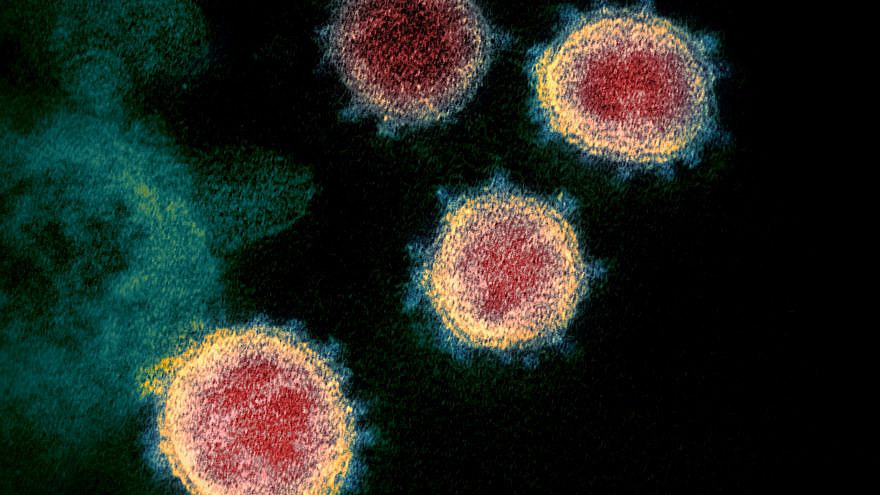(TJV NEWS) Around a dozen research institutions in the U.S., Europe and Australia are already investigating the potential for self-spreading vaccines in the wake of the coronavirus pandemic, the Daily Mail reported.
Most of the research is on animal-to-animal or animal-to-human spread, with human research so far focusing on whether the idea is safe in principle.
The research is being subsidized by high-profile funding organizations, including the U.S. National Institutes of Health (the country’s main medical research agency).
This new vaccine could be used as an effective way to generate herd immunity for Covid. Moreover, the vaccine could be used to stop the virus from transferring from rats to mankind. This is classified as a zoonotic disease.
This concept is not brand new,
A document released by Johns Hopkins University in 2018, titled “Technologies to Address: Global Catastrophic Biological Risks,” further explains how this tech works.
The vision is that a small number of individuals in the target population could be vaccinated, and the vaccine strain would then circulate in the population much like a pathogenic virus.
These vaccines could dramatically increase vaccine coverage in human or animal populations without requiring each individual to be inoculated. This technology is currently aimed primarily at animal populations. Because most infectious diseases are zoonotic, controlling disease in animal populations would also reduce the risk to humans.
Making a transmissible vaccine requires finding ways to package the virus or bacteria so it can be easily transmitted from one person to another, but without causing serious illness.
Two options are now the focus of research. The first is to engineer in the laboratory a very mild form of the virus you want to protect against. The other option is to package some of the DNA from a dangerous new pathogen inside a relatively harmless but highly contagious virus
It still has to be contagious enough to infect large populations rapidly (to prime immune systems to produce infection-fighting antibodies that can see off the actual virus) but weakened so that it does not result in anything like the same level of illness as the full-strength virus.
With either strategy, vaccines would only need to be given (either injected or potentially inhaled) to small groups of people from different parts of the country, who would then transmit the vaccine to those in their local community.




